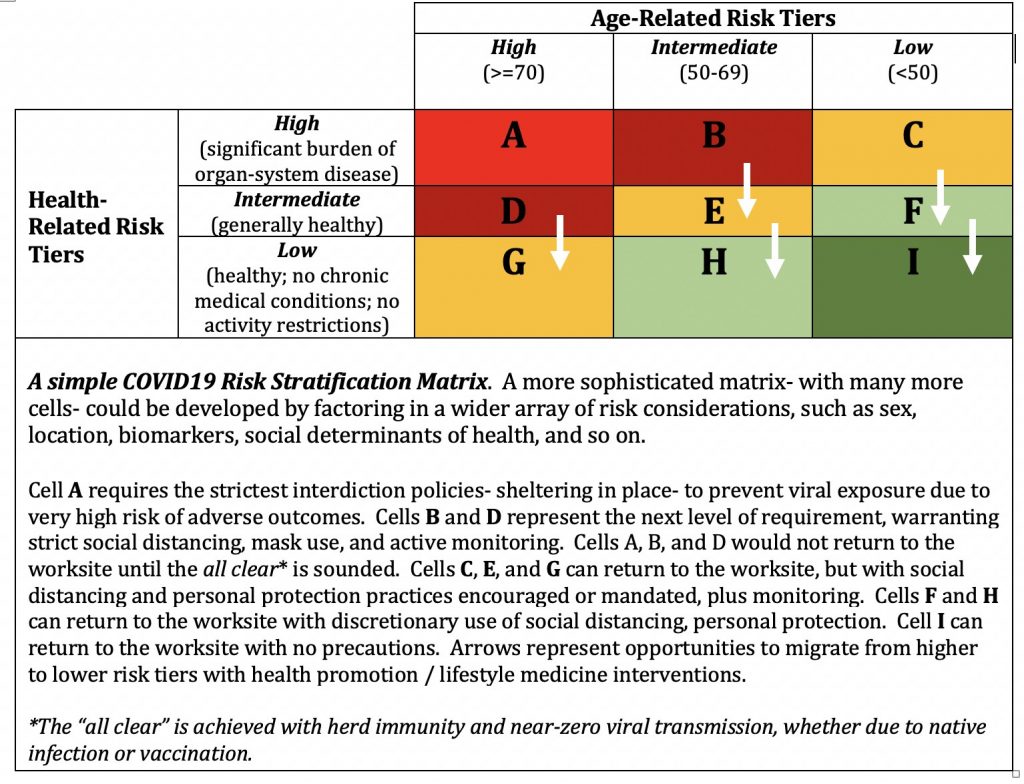Home » Un-Masking the Truth: How Japan Is Teaching Us to Reduce the Dose of Covid Exposure
Un-Masking the Truth: How Japan Is Teaching Us to Reduce the Dose of Covid Exposure

I am not an “anti-masker.” I do, though, believe that wearing masks does far more to reduce the dose of Covid exposure than to prevent the spread itself. That is, wearing masks still allows the SARS-CoV-2 virus to spread, but at a lower, less deadly “dose” (and that’s plenty enough reason for my support). Sadly, that leaves me sandwiched in nuance between the “masks as a (virtual) panacea” and the “they do nothing at all” crowds – the wonderful, if mildly lonely, middle.
Masking to Reduce Dose of Covid Exposure
A good chunk of the nuance surrounding masks is their potential to provide “variolation” (a lowering of the “dose” of virus a community is exposed to, if not a substantial lowering of the number of people exposed to that lower dose). The phenomenon is well described by someone who has been very kind in taking time with me and NOTeD, Dr. Monica Gandhi.
Dr. Gandhi has published on masks’ potential to reduce severity of exposure, in both the Journal of General Internal Medicine and New England Journal of Medicine. A great example in support of her well thought-out perspectives is via a recent study of over 600 random, totally asymptomatic, residents of Metro Tokyo, who traveled back and forth from home (many on packed public transport) to work in downtown Tokyo.
Masks are not binary in the sense that wearing them properly either “does” or “does not” prevent spread of SARS-CoV-2, as the virus spreads via aerosols and aerosols assuredly follow the “path of least resistance.” They escape out loose sidings and even through them, albeit somewhat less depending on the type (see picture). Sticking to same letters as “does”, let’s appreciate the nuance of “d-o-s-e.” That is, how masks can mitigate the risk associated of this coronavirus, if not its spread itself, by “lowering the dose” of SARS-CoV-2 exposure in our collective environments.
We know clearly that the level of risk is in very large part associated with whether we are exposed to 1000 viral particles or 200,000,000. It seems likely masks are helping reduce the total average number of particles, but unlikely to a level less than can cause a meaningful infection. What effect do cloth and surgical masks seem to have on a society that strives to universally wear them?
- Meaningful infection may be reduced to an asymptomatic, low personal-risk infection with lasting immunity
- Strong resistance may build against any serious re-infection, even at higher doses.
 Infographic from Dr. David L. Katz’ “To Mask or Not to Mask” article, showing mitigations of risk with various masking and distancing practices.
Infographic from Dr. David L. Katz’ “To Mask or Not to Mask” article, showing mitigations of risk with various masking and distancing practices.
I cannot think through a better or more logical explanation that would be consistent with how Tokyo, and likely the rest of the entire main island (and possibly throughout all islands) of Japan, has maintained such a dramatically low death rate (0.003% by my calculations)* while concomitantly achieving such a high (~ 50%) level of antibody expression in a totally asymptomatic random population representing the entirety of the Metro Tokyo area.
It seems, alas, Japan, or at least Tokyo, has reached, or is reaching, community (aka “herd”) immunity with incredibly low harm.
*Japan’s current calculated Covid death totals are at around 1900 (https://www.worldometers.info/coronavirus/country/japan/). Japan’s total population is 126 million. The estimated number of the population that has been meaningfully exposed to SARS-CoV-2 and are asymptomatic seems to be at least 48%, or 60.5 million. Add into this number the symptomatic (125,000 total reported cases) and the fact that there are likely quite a number of people who are already at least partially resistant, thanks to previous exposure to a number of the four cold-causing coronaviruses, it’s quite reasonable to estimate Japan’s infection fatality rate (not to be confused with the case fatality rate, which is always much higher than the infection fatality rate due to the massive amount of asymptomatic and mild cases which are never tested, particularly since Japan is not doing widespread testing) at 1900/60.6 mill, or 0.003%, in my opinion.
Other Ways to Reduce Covid Exposure Levels
What is also doubly fascinating about Japan is the one place workers generally do not wear masks: nursing homes. Their reasoning is that masks substantially hinder communication with patients suffering dementia.
Japan of course has exquisite hygiene in every other way in nursing homes. It also employed a “cluster-busting” approach, employing other protective measures designed to help people avoid contracting the virus. Yasutoshi Nishimura writes in The Wall Street Journal, “we developed a guide for avoiding high-risk situations. We call them the ‘three Cs:’ closed spaces, crowded places and close-contact settings, especially those involving loud talking. These settings all pose a major risk of infection. Today, thanks to extensive public-awareness campaigns, even children in Japan know to avoid them.”
 Read Dr. Katz’s article, Covid con Tempo: What Can America Do Now? to learn how to risk-stratify your household.
Read Dr. Katz’s article, Covid con Tempo: What Can America Do Now? to learn how to risk-stratify your household.
BOTTOM LINE: Increase the Level of Scientific Nuance to Reduce Levels of Exposure
Hopefully, though time will tell, the new Biden administration Coronavirus Task Force will engage in the level of scientific nuance we so sorely need, as so many are not as of yet listening to each other in today’s toxic political atmosphere (sometimes even including twins) regarding basics, let alone nuance. Nevertheless, if you’ve made it this far and were seeking even a small oasis of middle-ground: welcome to NOTeD, and thank you, sincerely.


